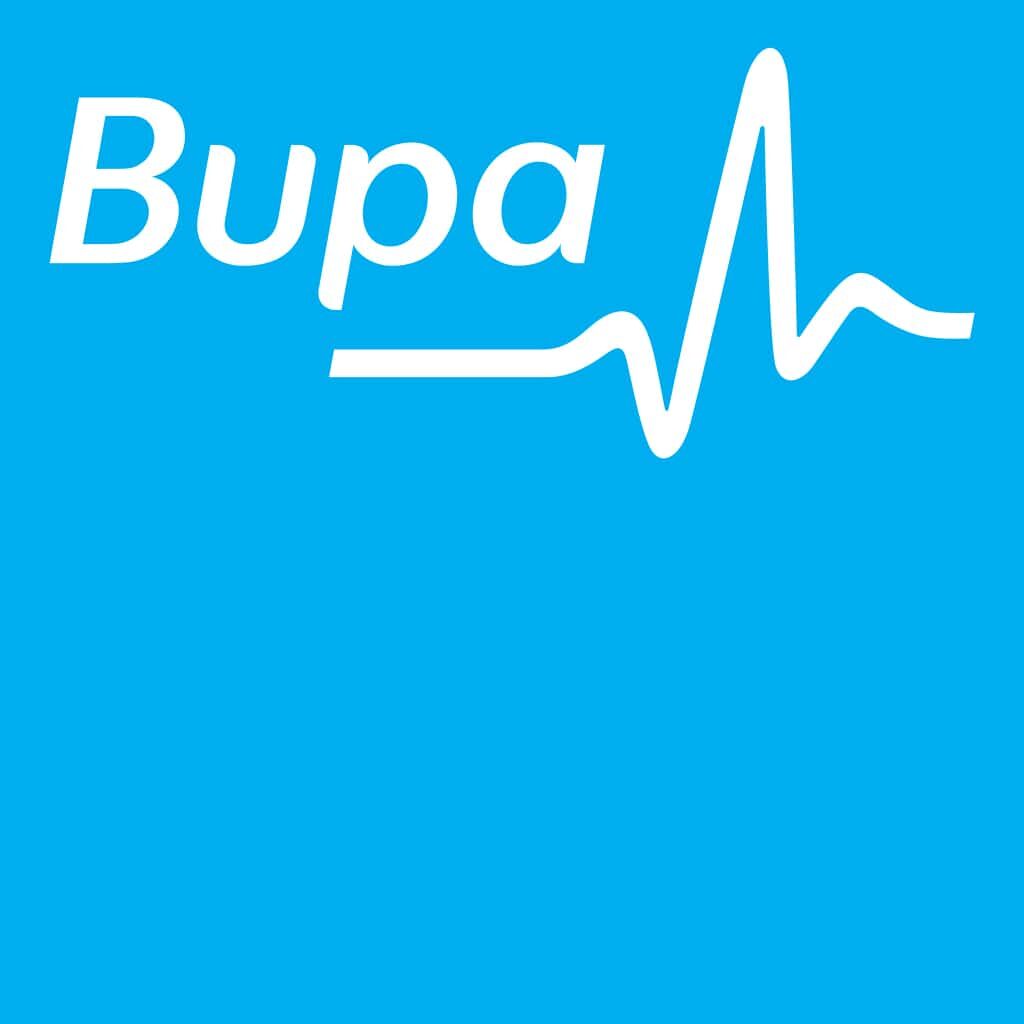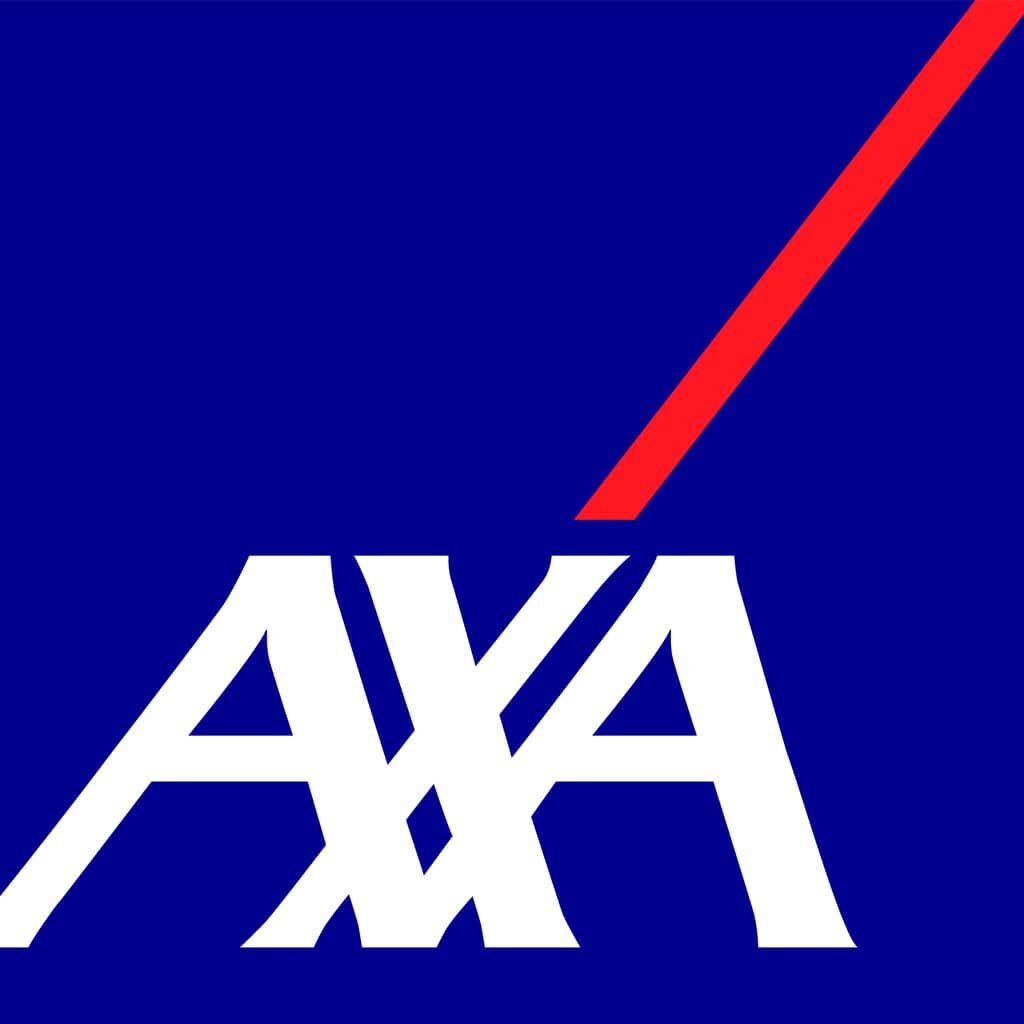Vacuum Cupping
What to expect and how it works
Cupping has been used for thousands of years, particularly in Asia, although little research has been carried out on its effectiveness. It became popular again in the UK after the Olympic swimmer, Michael Phelps, was seen sporting the telltale purple bruises as he raced to achieve his 19th gold medal in the Rio de Janeiro Olympics.
We often use cups on the back and shoulders and have found them to be highly effective at relieving pain and tension. First, we apply a small amount of cream or oil to the skin, as this helps to contain the negative pressure created in the cup by a pump which is contained by a one-way valve. Within the vacuum cup, the skin and underlying soft tissues are sucked up, stretching the muscles and the surrounding tissues. The cups stay on for about 3 minutes before we release the valve and the vacuum with it.
The suction force is enough to cause minor breaks in tiny blood vessels (capillaries) creating bruises, encouraging blood flow to the area and stimulating the body’s own healing mechanisms. The stretching helps to restore the optimal length and mobility of the soft tissues. We have many years of experience using cups and have found them to be very effective at providing pain relief in the upper and lower back.






